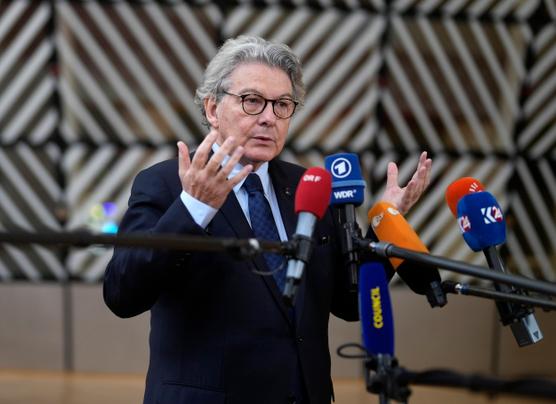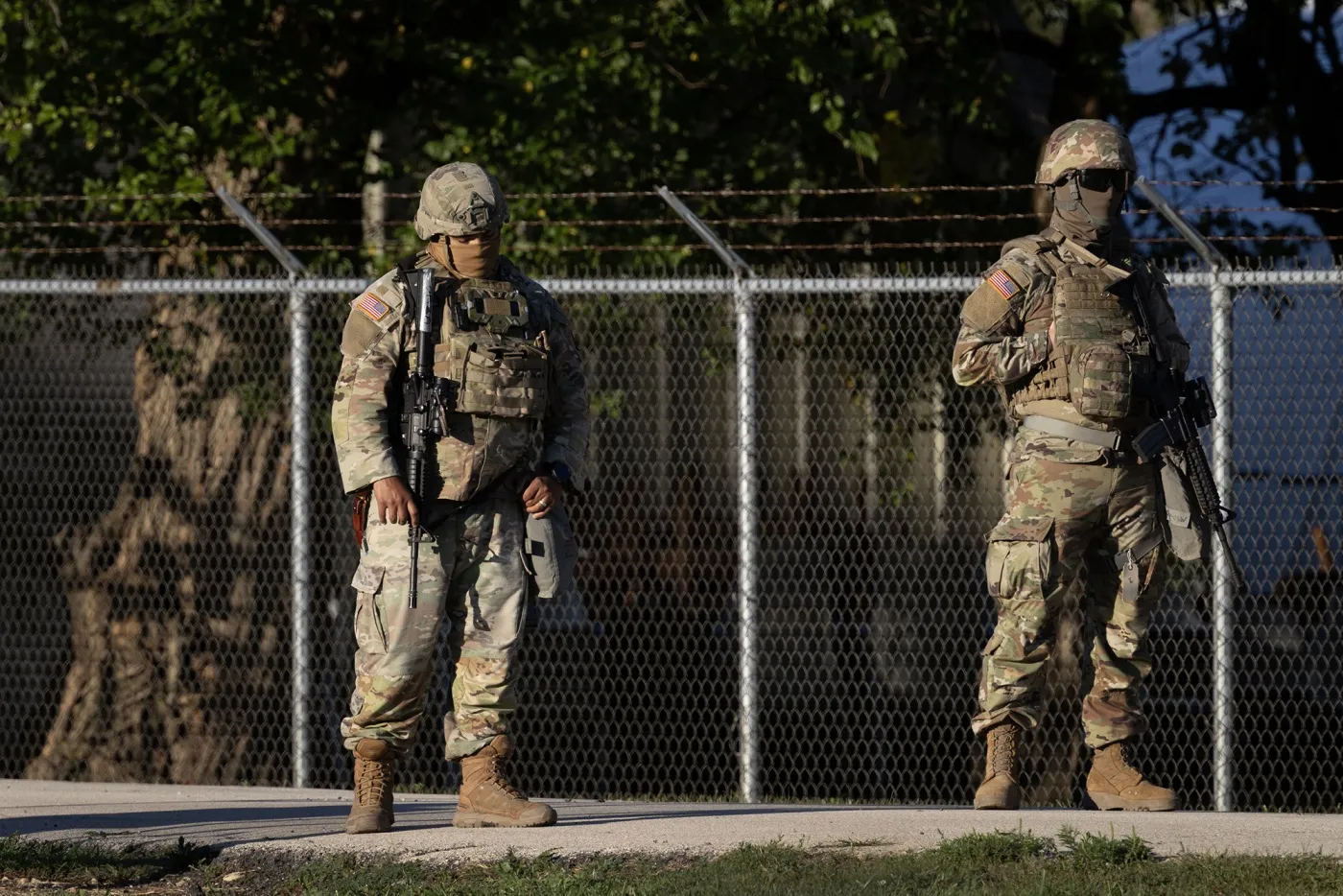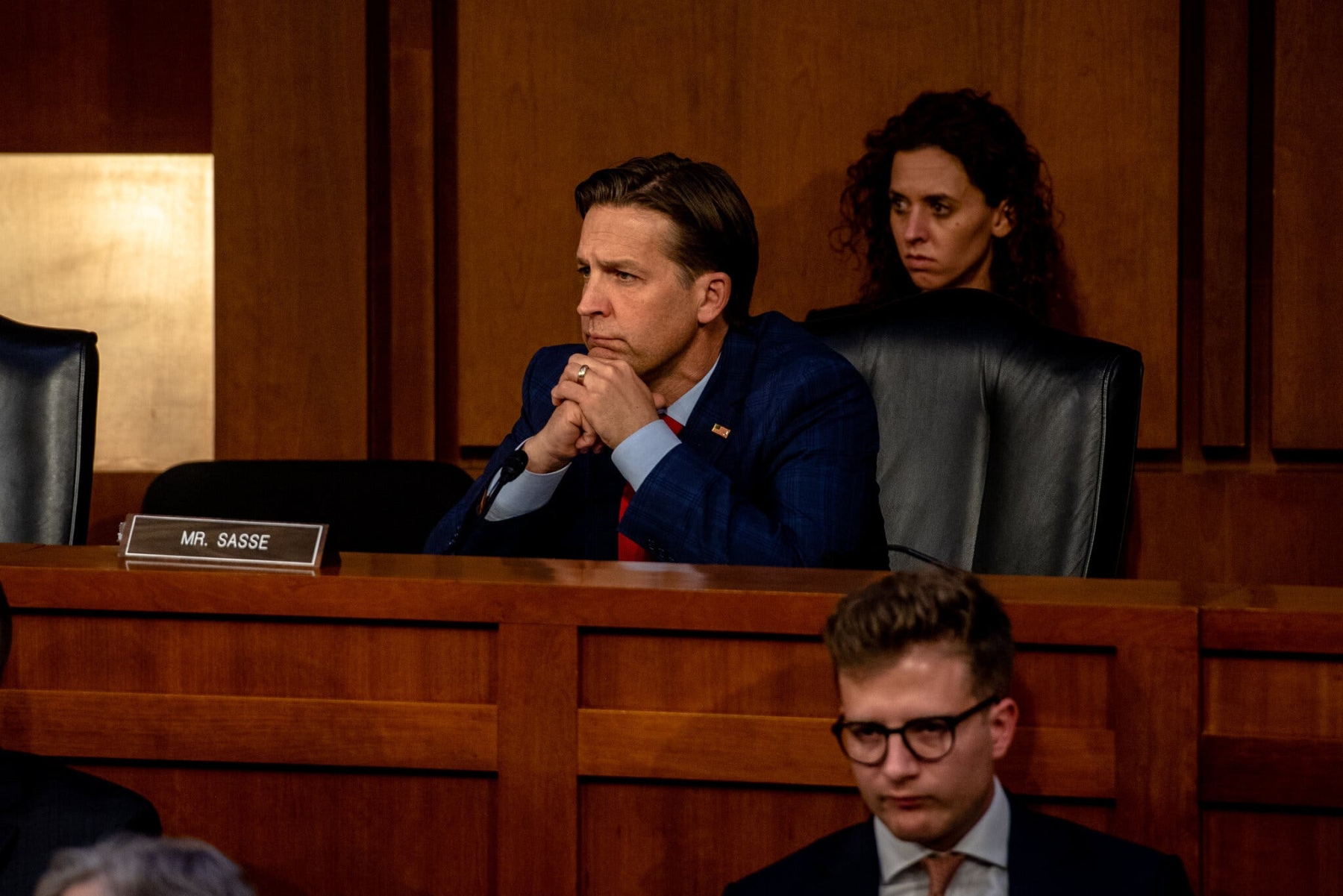
This article is more than
9 year old300 million children live in areas with extreme air pollution, data reveals
Three hundred million of the world’s children live in areas with extreme air pollution, where toxic fumes are more than six times international guidelines, according to new research by Unicef.
The study, using satellite data, is the fist to make a global estimate of exposure and indicates that almost 90% of the world’s children - two billion - live in places where outdoor air pollution exceeds World Health Organisation (WHO) limits.
Unicef warned the levels of global air pollution contributed to 600,000 child deaths a year – more than are caused by malaria and HIV/Aids combined. Children are far more vulnerable to air pollution, Unicef warned, pointing to enduring damage to health and the development of children’s brain and urging nations attending a global climate summit next month to cut fossil fuel burning rapidly.
“The magnitude of the danger air pollution poses is enormous,” said Anthony Lake, Unicef’s executive director. “No society can afford to ignore air pollution. We protect our children when we protect the quality of our air. Both are central to our future.”
Air pollution is world’s single biggest environmental health risk, according to the WHO, and is getting worse, with levels of toxic air rising 8% in the last five years. Over three million people a year die as a result of outdoor air pollution – six every minute on average – and this is set to double by 2050 as fast growing cities expand. Indoor air pollution, mainly from wood or dung stoves, causes another three million deaths a year.
Children are especially at risk, the Unicef report says, because they breathe more rapidly than adults and the cell layer in their lungs is more permeable to pollutant particles. The tiny particles can also cross the blood-brain barrier, which is less resistant in children, permanently harming cognitive development and their future prospects. Even the unborn are affected, as the particles inhaled by pregnant women can cross the placental barrier, injuring fetuses.
Prof Jos Lelieveld, at the Max Planck Institute in Mainz, Germany, said the report was excellent: “Air pollution is typically a problem in developing countries, where infants have little resistance due to poor nutrition and where health care is insufficient.”
The Unicef study combined particle pollution data from a range of satellites with ground-level monitors to estimate the number of children in polluted areas. Of the 300 million exposed to levels of pollution six times over WHO limits, 220 million live in south Asia, where India hosts many of the world’s most polluted cities.
Another 70 million children living with very toxic air live in east Asia, mainly in China. But more children are exposed to air pollution levels above the WHO limit in Africa - 520 million - than in east Asia.
The air pollution crisis is worst in low and middle income nations, where 98% of cities do not meet WHO guidelines, but over half the cities in rich countries also fail to meet the guidelines. In Europe, 120 million children live in areas where outdoor air pollution exceeds international limits, and 20 million suffer levels over double the limit.
Dr Penny Woods, chief executive of the British Lung Foundation, said: “In the UK, we know that children’s health is being put at risk every day by unsafe levels of pollution in many of our towns and cities. At least 3,000 schools are located within illegal levels of pollution. Yet very few of these schools have monitors around them. It’s time for the government to enact a new clean air act to tackle this modern pollution problem and protect all our health.”
In the report, Unicef urges all countries to cut air pollution by reducing fossil fuel burning in power plants and vehicles, which also helps tackle climate change. This double benefit has led to significant action in China in recent years. Tackling air pollution is also cost-effective: the World Bank estimates that the welfare losses from air pollution are more than $5tn a year.
Unicef also recommends minimising children’s exposure by ensuring sources of pollution such as busy roads and factories are not sited near schools and playgrounds and by the roll-out of cleaner cooking stoves.




